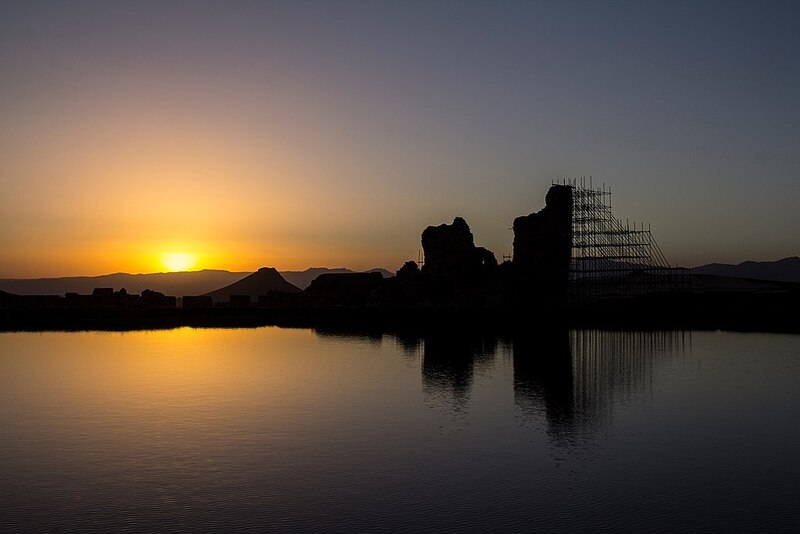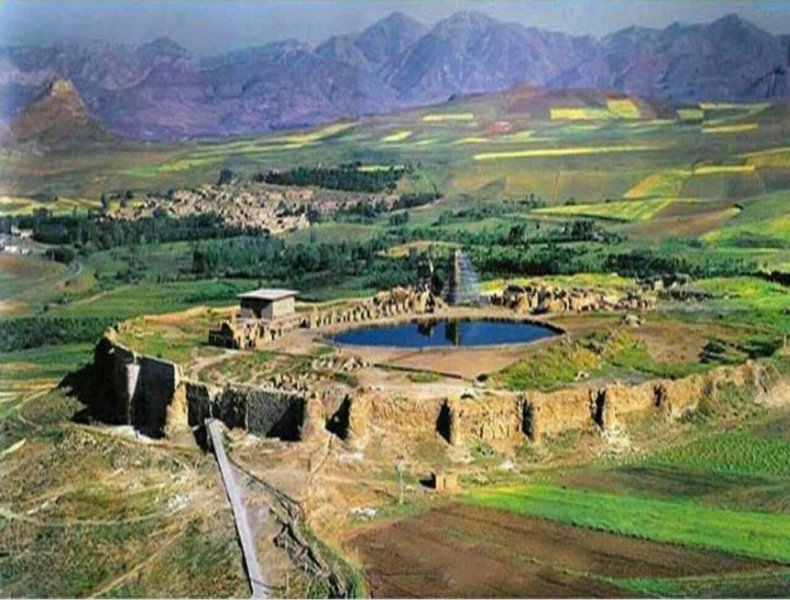The East part of Kurdistan in the interior divisions of Iran, officially being done from "Reza Khan Pahlavi's" era, was divided into several provinces and geographical areas. Such divisions led to some important parts of the East part of Kurdistan that were known as autonomous districts to fade away and become a part of these provinces that include other nations of Iran. Thus, the original names of the main parts of Kurdistan were forgotten in Iran's geography more or less. One of these areas is "Hawshar".
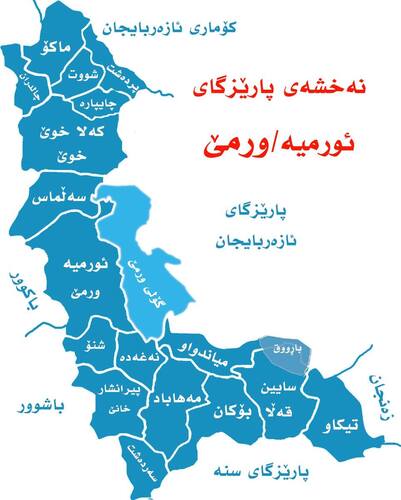
Hawshar region became a part of the "West Azerbaijan" or "Urmia" province in the south after Reza Khan divided Iran's areas. A part of it belongs to Zanjan Province now. A minor part of it is in East Azerbaijan Province. However, the area we now know as Hawshar is located in the south of Urmia Province which is a rich area in historical, religious, and cultural elements in the East part of Kurdistan.
From the Safavid era, the historical books consider the Hawshar region as the neighboring area of the Mukeriyan region in their regional divisions. That is, Hawshar is the continuation of the Mukeriyan region and it is located on the border of Tekab City and Sayinqala (Shahindezh) City and the Feyzollah Bagi district in Bokan city. This region is a vast area and rich in anthropologic aspects. It includes three hundred villages and these two cities as well as several towns and prominent villages. The region is surrounded by Miyandoab city and Sayinqala at first and it includes "Mahmoud Jigh" town, "Sayinqala" city and the villages between these cities, "Tekab" city and the towns around Takht-e-Suleiman, Ahmad Awa, and also a part of Zanjan Province. Most of the residents of Hawshar region are Kurds.
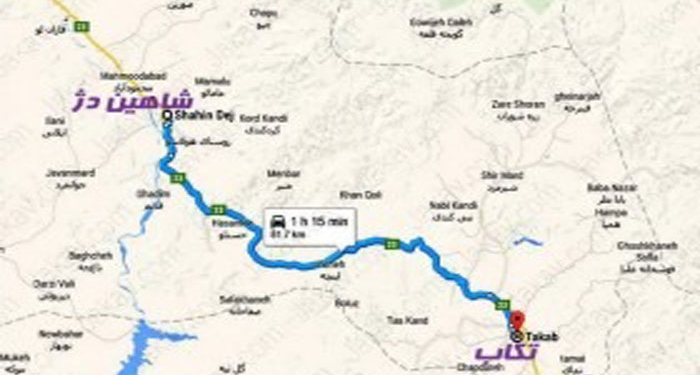
All the Kurdish people of the Hawshar region do not speak in the same Kurdish dialect. Most of them speak in the Sorani dialect which includes the citizens of "Sayinqala", "Tekab" and their surrounding villages. However, there are two minor parts in Sayinqala city called "Muslan" and "Zakhoran" who speak in their own dialects. What is worth mentioning here is that although these two parts speak in the Zakho and Mosul dialects of Kurdish and have migrated to this region from Zakho and Mosul to this part of Kurdistan they have adopted Shia religious beliefs. Based on the research, these people came from the Zakho and Mosul districts many years ago and have settled in this area. Since they identify themselves as Shia Muslims, they have succeeded in being a part of the governmental and official organizations. But they are originally Kurds. The people of "Mahmoud Jigh" are those Chardowli Kurds who had been exiled to the Hawshar region from Ilam Province during the Safavid era. What is interesting about them is that due to their Shia Islamic tendencies, the Chardowli people are also a part of the Islamic Republic of Iran's organizations with high ranks. In the Tekab region and in the city itself, in addition to 69% of Kurdish people of the city and villages around it who speak in Kurdish language, there are large groups of "Ahl Haq" or "Yarsan" Kurds who are recognized and accepted by the Sunni Kurds and Shia Azeris of this area. They live in peace together and have normal relationships with the other people of this city and the surrounding villages.
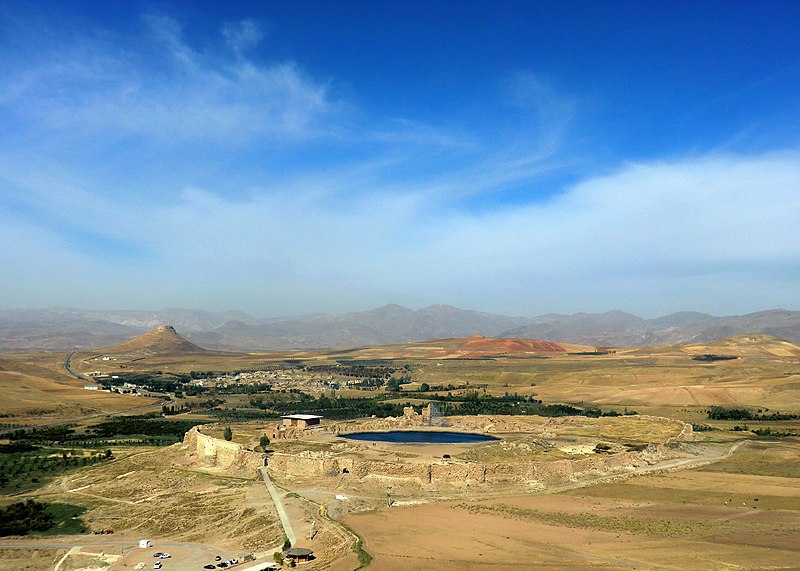
The anthropologic geography of the Tekab region and Hawshar, in general, is multi-cultural and rich. There are several big rivers in the Hawshar region among which we can mention the Qawar River which comes from the "Mayin Bilagh" area. This river originates from Mayin Bilagh village passes through Qisqopi and Tomaraghajda villages, and finally, it pours into a great river called Jaghatou. Another river in this area is Sarokh. This river originates from the mountains of Aqdar and Qisqapan. After passing through the Hawshar region, this river flows into Bokan Dam which is built on the Jaghatou River. These rivers and the rainy and snowy climate of Hawshar have made this area suitable for farming, keeping livestock, and producing honey bees and beehives.
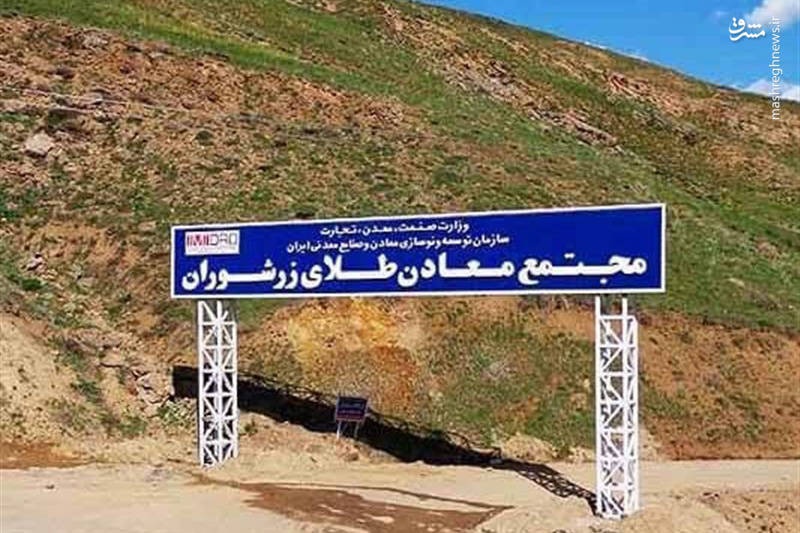
Apart from these, the Hawshar region is also very rich in minerals in Iran and Kurdistan. There are gold, silver, sulfur, copper, orpiment, marble, and granite mines in large quantities in the Hawshar region. The most important mine in Hawshar, however, is gold. The majority of Iran's gold is mined in "Zer Shoran Mine" in a village that is known by the same name. all the residents of this village are Kurds and it is a part of Tekab city. Unfortunately, the total amount of gold that is produced here is transferred to the central provinces of Iran and the local people of this area are deprived of any kind of benefits that come from the gold and silver mines of their regional mountains.
Another aspect that should be mentioned is the tourist attractions of Hawshar region. Due to its geographical location, Hawshar possesses a wonderful nature. The mountains between Sayinqala and Tekab possess spectacular scenery and blessed nature as well as Hawshar, Ahmad Awa, and especially Tekab and Takht-e-Suleiman which is one of the historical monuments of Kurdistan. This historical building's origins go back to thousands of years ago. Thousands of Iranian and foreign tourists have visited it so far and have written articles about it.
